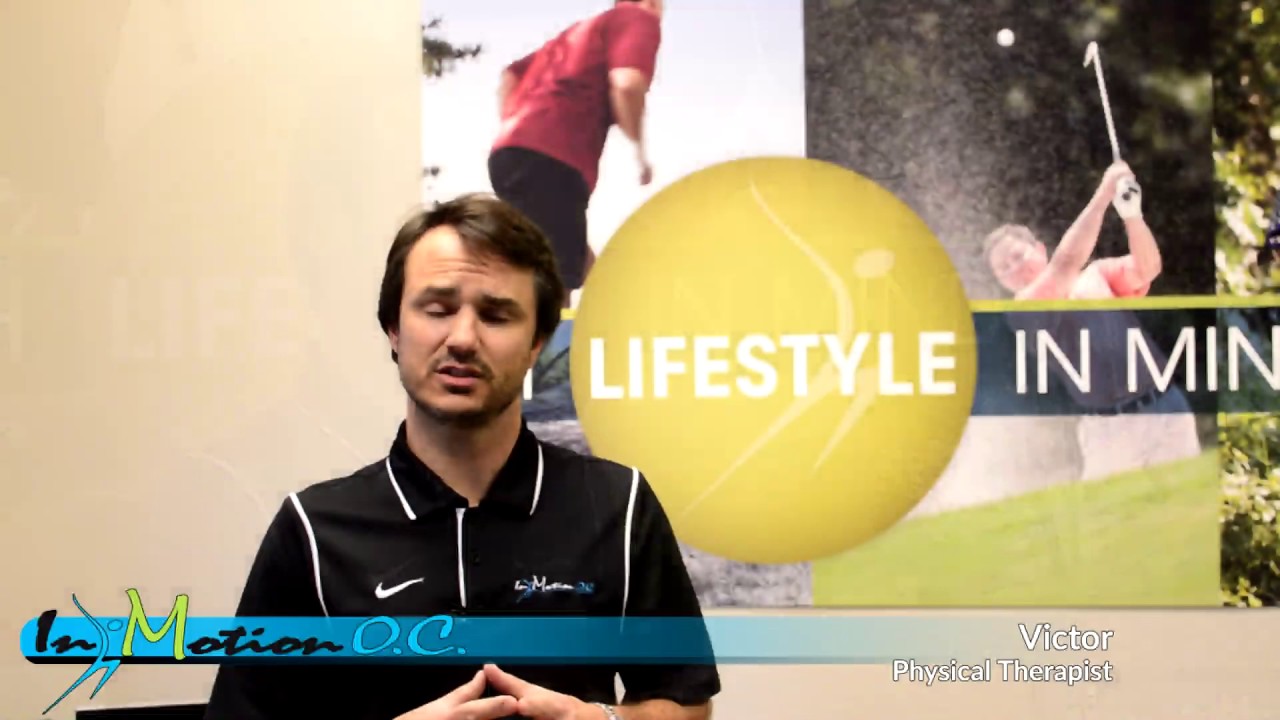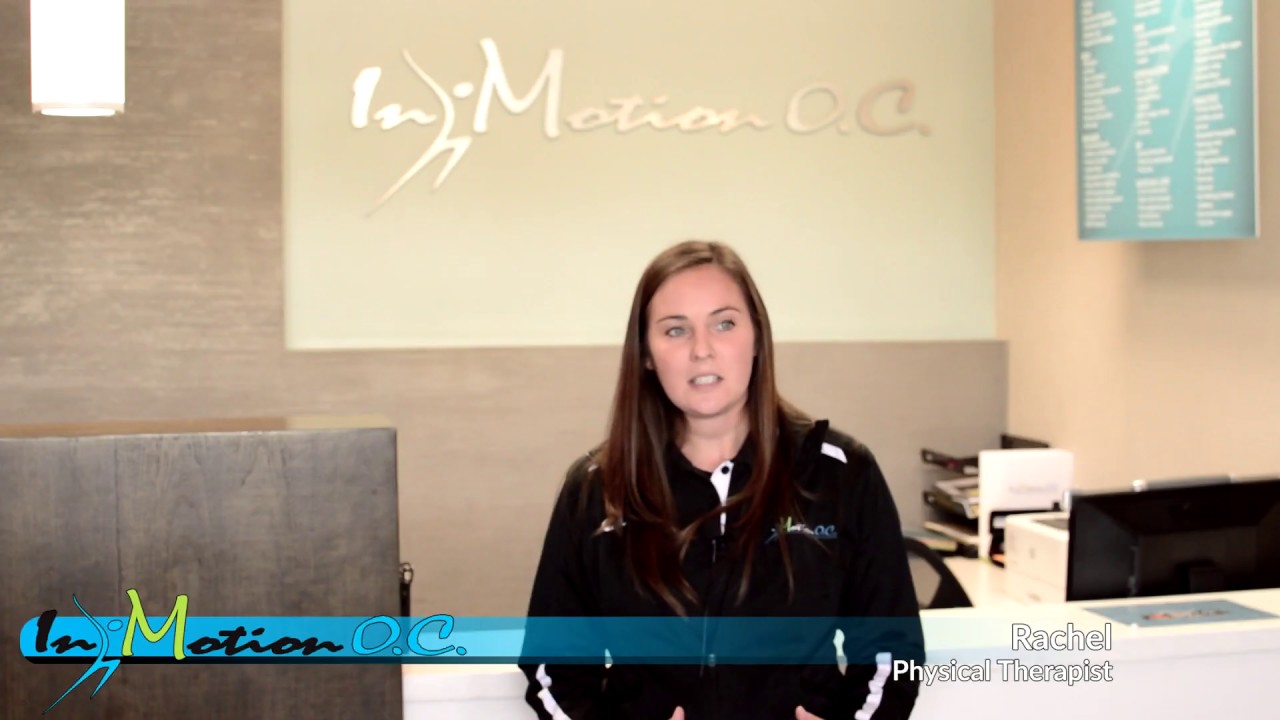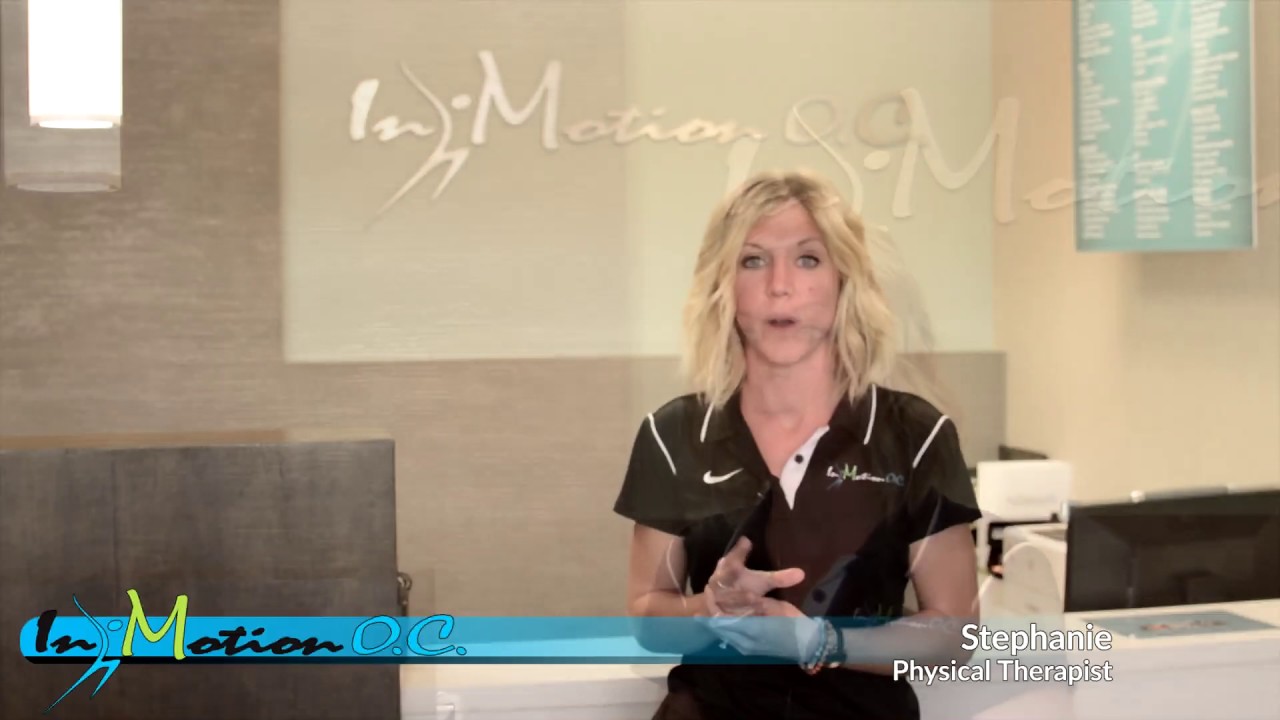Knee
Common Knee Ailments We Treat
- IT Band Physical Therapy
- Knee Replacement Physical Therapy
- Osgood-Schlatters Physical Therapy
- Runner’s Knee Physical Therapy
- Arthroscopic Knee Surgery Physical Therapy
- ACL Injury Physical Therapy
- Patellar Tendonitis Physical Therapy
- Chondromalacia
- Knee Arthritis
- Contractures After Knee Surgery
- Knee Bursitis Physical Therapy
- Baker’s Cyst
- MCL Sprain
Where the thigh (femur) and lower leg (tibia and fibula) articulate is the knee joint. The knee joint serves connect the upper and lower leg with the help of the ligaments, tendons, and muscles. So, it is no surprise that this joint is massive, one of the largest in the body. Without the use of this joint, walking would be very difficult. As the femur is the largest bone in the human body, the knee joint helps to provide support with activity.
We will go through the main components of the knee joint and common sources of pain that can occur. For some, knee pain can be recurring and require physical therapy. For others, it’s important that their acute pain is managed before it becomes any worse. Physical therapy can restore the proper mechanics within the knee joint and strengthen the muscles surrounding it. This helps to create a stability with movement free of pain and injury. At In Motion O.C., we offer several programs to our clients that can accomplish pain-free activity, help them maintain a healthy weight and become the strongest they’ve ever been.
Anatomy of the Knee
To understand injury to the knee joint and pain associated, it is important to understand the anatomy of the knee. Due to the high forces that travel through the knee with weight bearing activity, it is important that the knee joint helps to dissipate those forces. How does the knee create shock absorption and stabilize the leg? Through the intricate collection of ligaments, muscle, meniscus, and joint capsule this is accomplished.
Meniscus and Surrounding Ligaments (ACL)
Before we get to the muscle groups that ground and support the movements the knee is capable of performing, we must look at the interior of the knee joint to understand what delicate and necessary components they protect. Connecting the femur to the tibia at the mid-point of the joint are a short set of ligaments in a criss-cross pattern, the anterior and posterior cruciate ligaments–these ligaments make up the ACL. These ligaments are protected by a cushioned area that is allotted some circulation, called the meniscus. The meniscus supports the condyle or protrusions of the femur, covered with articular cartilage as they make contact with the top of the tibia. Preventing over-flexion and overextension of the muscles, the ACL in combination with the MCL, PCL, and LCL, make sure the leg can rotate, flex, extend and stand in a locked position without compromising balance or rupture.
Three muscles attach to the top region of the femur and wrap around both sides of the knee joint called the vastus lateralis, intermedialis, and medialis. Atop these muscles lays the rectus femoris which articulates to the patella, creating the quadriceps femoris. Our patella or kneecap attaches to the tibia via the short patellar ligament. The tensor fasciae and sartorius muscle comes down the sides of the thigh and stabilizes the medial and lateral sides of the knee joint. Behind the leg, the femur that also connects to the lower leg, we have the hamstrings and the gluteus muscles.
Meniscus and Surrounding Ligaments
Before we get to the muscle groups that create and support the movements of the knee, we must look at the interior of the knee joint to understand what delicate and necessary components they protect. Connecting the femur to the tibia at the mid-point of the joint are a short set of ligaments in a criss-cross pattern, the anterior and posterior cruciate ligaments. These ligaments are protected by a cushioned area with minimal blood flow, called the meniscus. Preventing hyperflexion and hyperextension of the knee, the ACL in combination with the MCL, PCL, and LCL, make sure the leg can rotate, flex, extend and stand with knee stability.
Three muscles attach to the top region of the femur and wrap around both sides of the knee joint; the vastus lateralis, intermedialis, and medialis. Atop these muscles lays the rectus femoris which articulates to the patella. These four muscles are collectively referred to as the quadriceps femoris. Our patella or kneecap attaches to the tibia via the patellar tendon. The tensor fasciae latae and sartorius muscle comes down the sides of the thigh and stabilizes the medial and lateral sides of the knee joint. The muscle group posterior to the quadriceps are the hamstrings and gluteal muscles.
What is knee pain?
Knee pain may radiates from the knee or be localized to a specific place in the knee. If the meniscus is damaged due to a tear or inflammation, this can create pain. A common injury is to the ACL do to a deceleration, hyperextension or rotation of the knee. A tear here will be painful and not allow you to fully extend the leg, will feel unstable, and there will usually be an audible crack or pop. Any of the stabilizing ligaments can be injured, cause pain and create instability. A knee injury can reduce your ability to walk properly, flex or extend the knees.
Common Causes of Knee Pain
Arthritis
This condition can cause joint pain due to repeated injury or degeneration of the joint due to aging. In the knee, this can reduce range of motion. For many this pain can be reduced with proper workouts and stretches.
Excess Weight
Many patients that have excess weight add a lot of pressure to the knee joint and the muscles surrounding the joint. The weight added to the knee stresses both meniscus and ligaments. To reduce this it is recommended for patients to maintain a healthy weight.
Meniscus Inflammation or Rupture
The meniscus is a delicate component of the knee joint and can tear especially with twisting or turning quickly with a bent knee. Physical therapy can help to recover.
Patellar Tendonitis
Tendons connecting the patella to the tibia can become inflamed or irritated with repetitive motion or injury. These tendons protect the knee joint capsule and need proper rest and exercise.
Chondromalacia
The cartilage on the undersurface of the patella softens and deteriorates. This will cause patellofemoral pain and possible grinding or cracking within the knee
Ligament Strain or Rupture
Remember the ligaments we talked about above? These can all suffer from a sprain or tear. This will cause instability of the knee and possible giving way.



What can you do to reduce knee pain?
Knee pain can be tricky for many reasons if there is a tear in the meniscus or ligaments, physical therapy may be indicated. A sprain of these ligaments can be reduced with rest, stretches and movement based exercises to help to regain mobility. We at In Motion O.C., have put together a few exercises to help you strengthen your leg muscles and glutes to greater stabilize the knee.
In addition to the above exercises, you should rest the area when you feel any pain, pressure or experience swelling. Adding an ice pack to your knee will calm the swelling and taper the pain. We also recommend elevating the knee above the level of your upper body during rest.
At In Motion O.C., we offer our patients a variety of multi-level exercises to help those trying to reduce their pain and become more active as well as athletes looking for alternative ways of movement that will protect their most important instrument–their body. Our ACL therapy can cover every ACL concern, prevent further posture injury, and reduce pain in the ligaments. For patients that prefer low impact exercises having suffered from chronic injury, we recommend our state of the art aquatic therapy and postural programs.
Call In Motion O.C. today at 949.861.8600 to schedule your physical therapy and enhanced personal training appointment.
*This information about physical therapy for knee ailments was reviewed by Dr Natalie Thomas, PT, DPT. If you have any questions, please don’t hesitate to contact us here.


